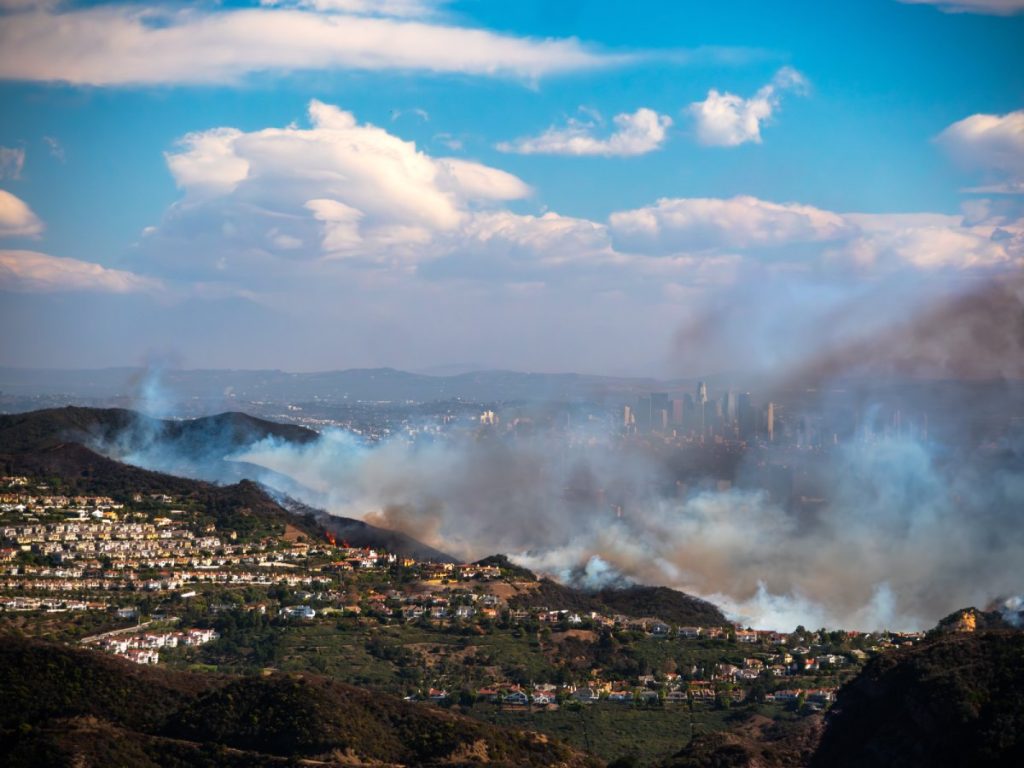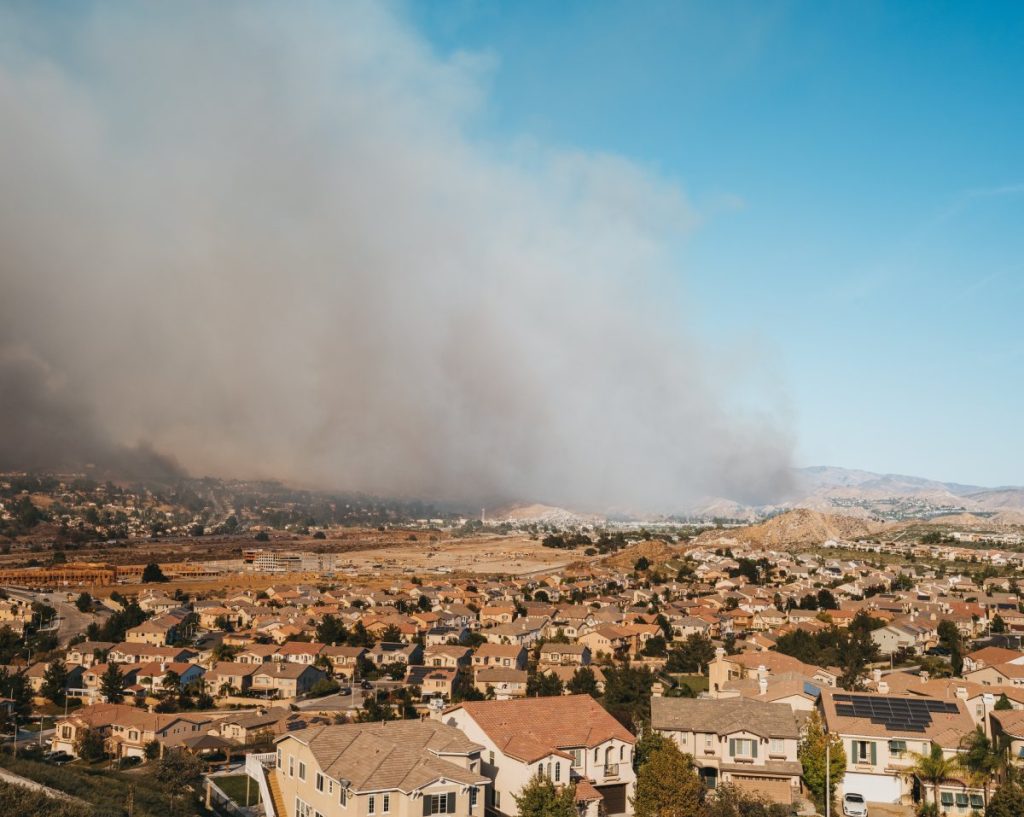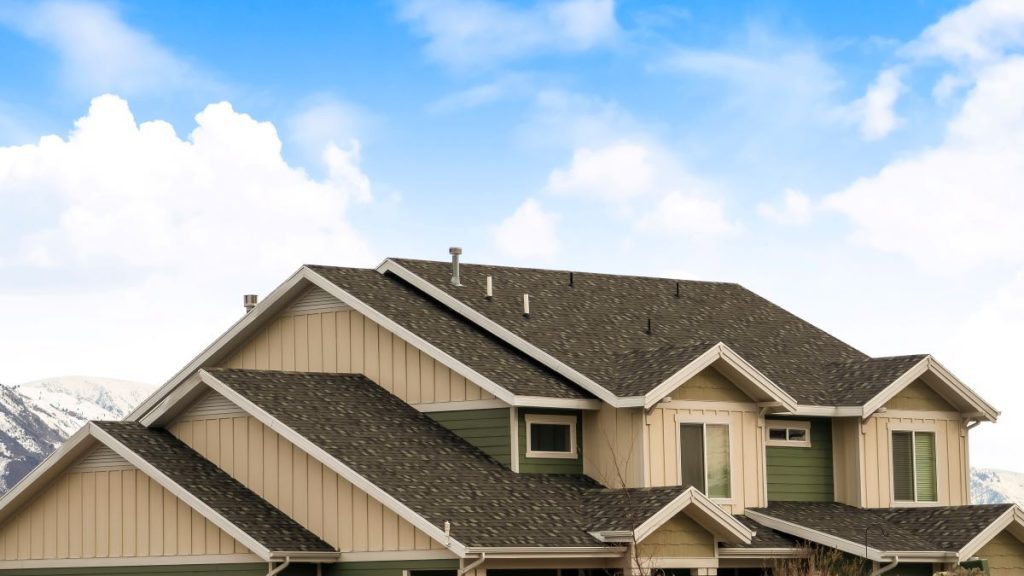Wildfires across the Golden State have become increasingly frequent and devastating, placing homeowners and businesses under immense stress. Understanding the nuances of fire insurance in California—especially as the state faces an evolving insurance crisis—is essential for protecting your assets and securing your future.
In this comprehensive guide, we’ll explore everything you need to know about fire insurance in California, from coverage basics and claim processes to handling disputes when claims are unfairly denied or undervalued.
The Importance of Fire Insurance for Californians
California residents face a growing wildfire threat. Once confined primarily to certain high-risk regions, such as Southern California and the wildland-urban interface, these devastating fires now impact communities statewide, posing an ongoing threat to millions of residents. As climate change intensifies droughts and increases temperatures, fire risk is at an all-time high.
Fire insurance is a critical safeguard against catastrophic financial loss. It ensures that families and businesses can rebuild, recover, and maintain their livelihoods even when disaster strikes. Without adequate coverage, Californians are left exposed to the immediate impacts of wildfire damage and the daunting financial burden that follows.
Historical Significance of Wildfires in the State
Wildfires have long been a part of California’s history, but their frequency and severity have surged in recent decades. In 2018, the Camp Fire in Northern California was the deadliest—and one of the costliest—in the state’s history, destroying nearly 19,000 structures, killing at least 85 people, and causing billions in damages.
Likewise, the 2017 Tubbs Fire devastated portions of Sonoma and Napa counties, destroying over 5,600 structures, including thousands of homes, and resulting in billions of dollars in losses. More recently, the 2020 wildfire season was unprecedented, burning over 4.3 million acres—the largest annual acreage burned in California’s history—and affecting communities all across the state, from north to south.
Factors Affecting Wildfire Risk in California
California’s wildfire risk is shaped by a unique combination of environmental, geographical, and human-influenced factors.
- Persistent drought conditions, intensified by climate change, have turned vast portions of the state into tinderboxes. Dry vegetation provides ample fuel for fires.
- Strong winds—particularly the infamous Santa Ana and Diablo winds—can propel even minor sparks into devastating infernos, rapidly spreading flames across thousands of acres within hours.
- Vegetation type and density also play crucial roles: Areas densely packed with chaparral, grasslands, or coniferous forests are highly susceptible to fast-moving wildfires.
Compounding these natural factors is urban expansion into wildland areas, creating what’s known as the wildland-urban interface (WUI). Development in these high-risk zones significantly increases the likelihood of property loss.
Tools and Resources for Assessing Wildfire Risk
As wildfire risks worsen and spread, it is vital to find tools for assessing risk and making informed decisions about one’s safety.
CAL FIRE’s Fire Hazard Severity Zone Maps comprehensively assess the state’s wildfire threat. They categorize risk levels as Moderate, High, or Very High and offer detailed county-by-county breakdowns. These maps, freely accessible online, allow residents and businesses to determine their property’s vulnerability based on precise geographic data.
Additionally, private resources such as the Insurance Institute for Business & Home Safety’s Wildfire Prepared Home tool and Risk Factor by First Street Foundation offer personalized wildfire risk evaluations, offering Californians insights necessary to mitigate risk and ensure proper coverage.
Types of Fire Insurance Policies Available
In a state increasingly vulnerable to wildfire disasters, robust fire insurance isn’t simply prudent—it’s essential for survival. But the challenge of finding affordable, adequate coverage—particularly in high-risk areas—has reached crisis proportions for many Californians.
Let’s break it down by discussing the types of home insurance policies available and how to access them.
Fire Insurance and Homeowners Insurance
Fire insurance is integrated into most California homeowners’ standard homeowners insurance policies. Typically, homeowners insurance covers damage caused by various perils, including wildfires, house fires, smoke damage, and additional living expenses if you’re displaced due to fire damage.
However, coverage specifics—such as policy limits, deductibles, and exclusions—can vary significantly between insurance carriers and individual policies. You should carefully review your insurance documents to ensure coverage extends adequately to wildfire-related losses since the increasing wildfire threat in California has led many insurers to alter their policy terms or, in some cases, to withdraw from certain high-risk regions entirely.
Mandatory vs. Optional Fire Insurance in California
In California, fire insurance typically isn’t mandated directly by the state government for every property owner. However, it effectively becomes mandatory if you finance your home through a mortgage lender.
That’s because lenders require homeowners insurance—including fire coverage—to protect their investment until the loan is fully repaid. If you’re purchasing or refinancing a home, proof of adequate fire insurance coverage will generally be required as part of your mortgage agreement.
Thus, for most homeowners with a mortgage, fire insurance is a contractual necessity, if not a legal one.
Likewise, many residential developments and Homeowners’ Associations (HOAs) require members to have fire insurance, especially in wildfire-prone areas, to safeguard the community as a whole.
Overview of the California FAIR Plan and Its Coverage
Obtaining optional coverage through conventional insurers may be challenging or expensive in regions designated as high-risk wildfire zones. Homeowners in these areas often need to pursue insurance through specialized providers or the California FAIR Plan, a state-sponsored program offering basic fire insurance as a last-resort coverage option.
Often referred to as the “insurer of last resort,” the FAIR Plan is designed specifically for high-risk properties, ensuring Californians aren’t left entirely uninsured. It offers basic fire insurance coverage, including protection against wildfires, structure fires, and smoke damage.
However, it’s important to note that the typical FAIR Plan policy is very limited compared to traditional insurance. For instance, it typically doesn’t cover liability, theft, water damage, or earthquake damage, so policyholders often supplement their FAIR Plan with additional Difference in Conditions (DIC) policies for more comprehensive coverage.
Average Cost of Fire Insurance in California
The cost of fire insurance in California can vary significantly based on location, property characteristics, individual insurers’ assessment of risk, and other factors. As of 2024, California’s average annual premium for a standard homeowners insurance policy was relatively low by national standards: approximately $1,383, or about $115 per month, for a dwelling coverage limit of $300,000.
However, premiums can be substantially higher in high-risk wildfire areas. Residents in these zones have reported annual premiums ranging from $5,000 to $12,000, reflecting the increased risk and associated costs. As the insurance industry grapples with rising wildfire claims, premiums are expected to continue growing.
Detailed Coverage Breakdown and Common Exclusions
Understanding the specifics of what your homeowners insurance policy covers—and what it doesn’t—is essential for adequate protection. Here’s an overview of the typical coverage components and common exclusions found in major policies from insurers like Farmers, State Farm, and Allstate.
Coverage Components
- Dwelling Coverage: This protects the structure of your home against damage from covered perils, including fire. It typically includes the house itself and attached structures, such as garages.
- Personal Property Coverage: This covers your personal belongings, such as furniture, electronics, and clothing, if they’re damaged or destroyed by covered perils like fire.
- Additional Living Expenses (ALE): Also known as “loss of use” coverage, ALE helps pay for temporary housing and other extra expenses if your home becomes uninhabitable due to a covered loss, such as a fire.
Common Exclusions
- Maintenance-Related Issues: Damage resulting from neglect, wear and tear, or lack of proper maintenance generally isn’t covered.
- Certain Natural Disasters: Standard homeowners policies typically exclude coverage for specific natural disasters like earthquakes and floods. Separate policies or endorsements are usually required for these.
- High-Risk Areas: More insurance providers are limiting coverage, increasing premiums, or outright refusing coverage in regions deemed high-risk for wildfires.
Specific coverage details and exclusions vary by insurer and individual policy. Policyholders should thoroughly review their policy documents and consult with their insurance agents or outside counsel to ensure they understand the extent of their coverage and any potential gaps.
The Claims Process for Fire Damage
Navigating an insurance claim can feel overwhelming when a fire damages your property. Here’s a clear, step-by-step guide to help you manage the claims process effectively.
1. Report the Damage
Immediately notify your insurance company to report the fire damage. Quick notification initiates the claims process and ensures compliance with policy requirements. Be prepared to provide initial details about the damage, the date and location of the fire, and your current contact information.
2. Document Losses
Carefully document all damage by taking clear photographs and videos of your home and affected belongings. Keep detailed written notes of losses, including descriptions of damaged or destroyed items, approximate values, and original purchase receipts whenever possible. This documentation strengthens your claim and aids in accurate valuation.
3. Contact Your Insurance Company
After reporting the initial damage, communicate regularly with your insurance agent or company representative. Ask about the next steps, expected timelines, and any immediate actions required from your side. Clarifying responsibilities upfront can streamline the claims process significantly.
4. Coordinate with Adjusters
Your insurance company will assign an adjuster to evaluate your property’s damage. Cooperate fully and promptly schedule an inspection. Provide the adjuster access to your property and share all relevant documentation and information to support your claim.
5. Assess Damage and Estimate Costs
The adjuster will assess your home’s structural damage, personal property losses, and any additional covered expenses. Be sure to follow the adjuster closely as they review the property, pointing out details they could easily overlook. It’s often beneficial to hire your own contractor or public adjuster to independently assess the damage to ensure a fairer valuation, particularly if disputes arise later.
6. Provide Proof of Loss
You’ll typically be required to submit a formal “proof of loss” statement to your insurer detailing all property damage and claimed losses. This sworn document confirms the extent of your losses and is essential for progressing your claim toward settlement.
7. Reviewing the Claim and Settlement Process
Your insurance company will review your submitted documentation, the adjuster’s findings, and the proof of loss statement to determine a settlement amount. Carefully review their settlement offer, comparing it against your documented losses and policy coverage limits. If you disagree with the proposed settlement, you can negotiate.
8. Receive Compensation and Rebuilding Assistance
Your insurance company will issue payment once you’ve agreed upon a settlement. The payment may come in multiple stages, particularly if rebuilding is involved. Ensure you clearly understand payment timelines, procedures for releasing funds, and any conditions that must be met during rebuilding. Many insurers also provide assistance and resources to help policyholders manage repairs and reconstruction effectively.
Common Challenges in the Claims Process
Many California homeowners face hurdles when filing fire insurance claims, including:
- Delays in Claim Processing – Delays are often caused by insurers being overwhelmed during peak wildfire seasons or by prolonged damage investigations.
- Underpaid Settlements – This occurs when insurers undervalue losses or offer insufficient settlements to cover actual repair and rebuilding costs. This can force homeowners to dispute settlements or seek independent valuations.
- Nonrenewal of Policies in High-Risk Areas – Recent waves of nonrenewals have left homeowners scrambling for coverage alternatives.
Consulting with a property insurance attorney can help protect your rights if you encounter these issues.
Fire Prevention and Mitigation Tips for Homeowners
Proactive measures can significantly reduce your property’s vulnerability to wildfires. A critical first step is creating defensible space—a carefully maintained area surrounding your property that slows or stops the spread of wildfire. CAL FIRE recommends maintaining at least 100 feet of defensible space, which involves regularly clearing vegetation, trimming trees, and removing flammable debris.
Incorporating fire-resistant building materials such as stone, brick, metal, and treated lumber into home construction or renovation can significantly reduce the risk of ignition. Replacing wood roofing or siding with fire-rated materials, installing ember-proof vents, and upgrading windows to tempered or dual-paned glass can further protect your property from wildfire threats.
Preparing Your Home for Fire Season
Regular, seasonal maintenance is crucial to mitigating wildfire risks each year. Before the fire season begins, you should:
- Clear gutters and roofs of dry leaves and pine needles.
- Trim overhanging tree branches at least ten feet away from structures.
- Mow lawns regularly to reduce ground-level fuel sources.
- Inspect your home’s exterior for damage or vulnerabilities, such as gaps or openings where embers might enter, and address these promptly.
- Prepare an emergency kit containing necessities like bottled water, non-perishable food, medications, important documents, cash, flashlights, batteries, and first-aid supplies.
- Have a clear evacuation plan and ensure your family knows what to do and where to go in an emergency.
Recent Changes in Fire Insurance Policies in California
California’s escalating wildfire risks have prompted significant reforms in the state’s fire insurance landscape, affecting policy terms, premium rates, and market stability.
Regulatory Reforms and State Interventions
In July 2024, Insurance Commissioner Ricardo Lara announced a landmark agreement to modernize the California FAIR Plan. The move aims to stabilize the insurance market and address the ongoing crisis by enhancing the FAIR Plan’s capacity and insurance options.
Additionally, the California Department of Insurance (CDI) has implemented new policy regulations to increase access to home insurance in fire-prone areas. These regulations are part of the largest insurance reform in over 30 years, aiming to address insurance availability and affordability amid growing climate risks.
Impact of Wildfire Claims on Premiums and Market Stability
Insurers have been reassessing their risk models and pricing strategies. These developments have contributed to a more volatile insurance market, with insurers adjusting their offerings and pricing to mitigate financial risks associated with California’s wildfire landscape. For instance, in response to substantial losses from recent wildfires, State Farm requested a 22% emergency rate increase for homeowners’ insurance premiums.
Strategies for Finding Affordable Fire Insurance
Several practical strategies can help mitigate the challenges of finding affordable fire insurance in today’s market. Consider working with a licensed insurance broker who can compare coverage options from multiple insurers to secure the most competitive rates tailored to your property’s specific risk profile. Brokers often have access to insurers that homeowners may not easily find on their own, increasing the likelihood of finding suitable coverage.
Additionally, explore potential discounts through risk-reduction measures, such as installing smart-home technologies. Devices like smart smoke alarms, automatic sprinkler systems, and monitored home security systems may qualify homeowners for premium reductions.
Regularly updating your home with fire-resistant building materials and maintaining defensible space can reduce premiums, as insurers often reward proactive risk management. Combining these approaches—leveraging professional assistance and technology-driven incentives—can significantly lower your fire insurance costs while enhancing overall property safety.
Understanding Fire Insurance in California
Insurance is a cornerstone of your financial security. It should offer critical protection when you need it most. Understanding your coverage, navigating the claims process effectively, and addressing potential policy challenges early on are essential steps toward securing your home and investments.
If you’re facing issues with denied, delayed, or underpaid fire insurance claims, you don’t have to handle it alone. Contact Merlin Law Group today for a free consultation—our expert attorneys have recovered over $2 billion in damages for our clients. With 40 years of dedicated service, we specialize in advocating for policyholders like you.



